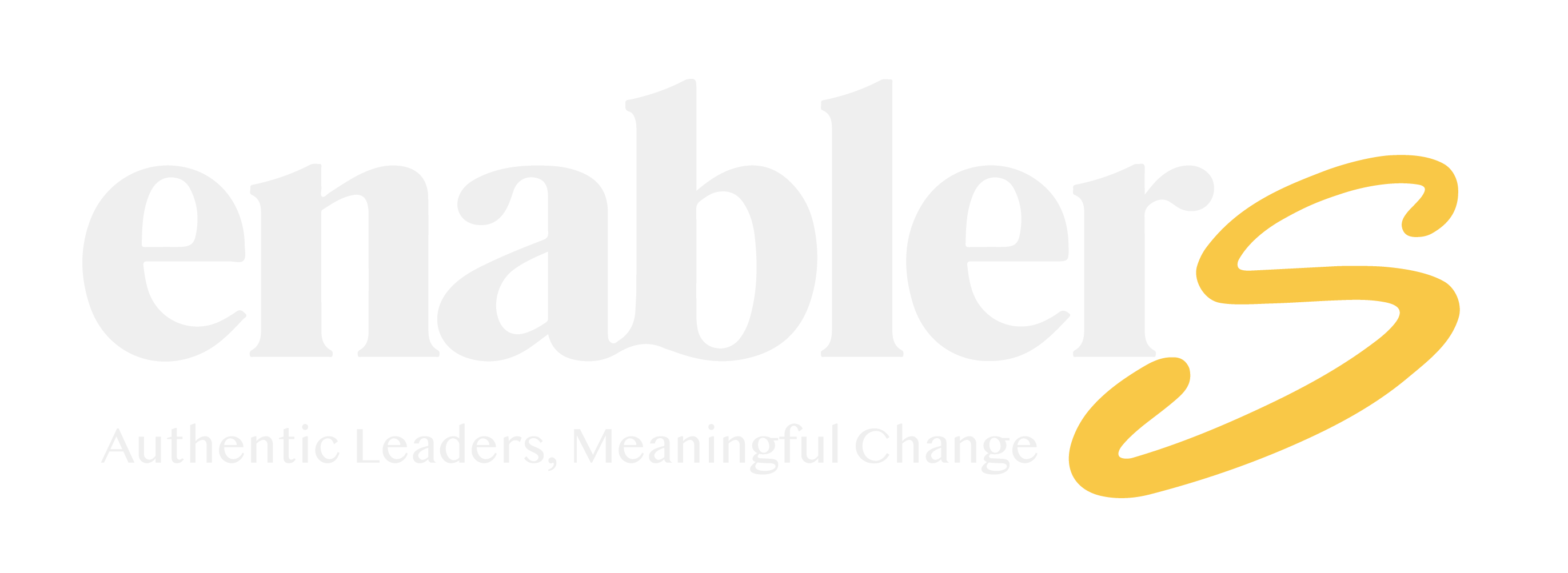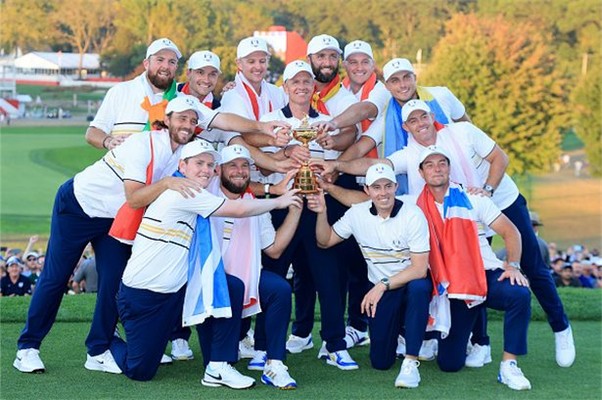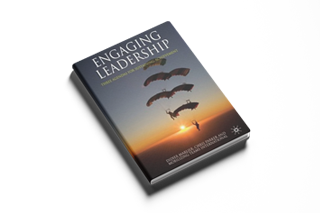Every two years the Ryder Cup gives business leaders a live case in leadership under pressure, pitching the best golfers of Europe and the USA against each other over one weekend.
Twelve elite professionals on each side, normally lone competitors, must suddenly adapt to perform as one unit playing 60% of the time in pairs and supporting each other, with the world watching and no major financial prize to fight for.
Two weeks ago, captains Luke Donald for Europe and Keegan Bradley for the US offered contrasting styles that seemed to highlight a question that haunts (or should haunt) many executive teams: ‘Are we developing our leaders to be the best captains of their teams?’
To look deeper let’s draw on Fred Luthans’ Successful vs Effective Managers framework (1980’s) and Sam Walker’s Captain Class research (pub. 2017). Luthans, a management professor, applied academic rigour to examine ‘successful’ managers (those who are promoted more quickly) versus ‘effective’ managers (those who build higher performing, more satisfied teams), analysing the time they spent on four key areas. He found ‘successful’ managers spend most time networking, socialising and politicking (50%). On the other hand, ‘effective’ managers invest most time, 70%, in communication and people development, more in traditional management, and only 11% of time in networking.
Applying this framework to our Ryder Cup captains suggests it is Luke Donald who better fits the ‘effective’ descriptors:
Networking: Whereas Luke Donald (Europe) was favouring reparation over politics, was quiet, understated and relies on his long-term trust networks, Keegan Bradley (USA), on his side was visible, relational, built bonds with US players and media to connect to PGA Tour base.
Communication: Luke Donald’s style was clear, measured. He was Team focused and used transparent rationale, and analytics as well as 1-to-1 briefings. Keegan Bradley came across as emotive, more personal, sort of heart
on sleeve storyteller. Maybe more one-way? Maybe more passion than process?
People Development: Empowerment and trusting his vice-captains were critical to Luke Donald who valued psychological safety, chemistry and continuity. Keegan Bradley was passionate and authentic, displaying personal empathy. There was limited evidence of systematic HR processes
Traditional Management: Luke made high use of data, structure, meticulous planning, tasking, simulation, pairing analytics. Keegan was relatively new to captaincy. His messaging focused on spirit more than strategy and showed less emphasis on data or systems.
‘Can you distinguish your genuinely ‘effective’ leaders from the more visible ‘successful’ ones?’
Adding a sporting viewpoint, Sam Walker, ex-sports editor at WSJ, spent 11 years researching what differentiated the greatest teams in sporting history. He concluded it was their captains and in particular their embodiment of 7 key traits, described as: Emotional control, servant leadership, relentless communication, courage to challenge, humility, team-first orientation, and the ability to create a sense of belonging. Scoring our two captains on these seven traits:
Emotional control:
Luke Donald was ice-cool under pressure when Bradley Keegan was passionate, occasionally volatile.
Servant leadership:
Luke appeared low-ego, legacy builder and Keegan, more as a Hero narrative
Communication:
Luke, was continuous, precise whilst Keegan demonstrated motivational bursts
Courage to challenge:
Luke was diplomatic but firm and Keegan willing to speak up
Humility:
When Luke was understated, Keegan was definitely expressive (“we’ll kick Europe’s **** asses”)
Team-first orientation:
Luke believed in shared leadership, whereas Keegan favoured loyalty, being authentic but personal
Emotional glue:
Luke was “Trust through calm”, Keegan, passionately involved.
As a European (not a golfer) I am no doubt biased. However, having followed the competition, watched the opening ceremony speeches and post-event press conferences, and tapped sources from Netflix’s Full Swing to Golf Monthly, I score Donald 7- Keegan 2 on these key traits. Taken together the two frameworks suggest Europe had a more effective captain. But could that make any difference in what is essentially a sport for individuals over just one week? Let’s go to the proof of the pudding. Which of the two was more ‘effective’ as a team?
Before making a judgement, I should add that the Cup alternates between Europe and the US and home advantage seems to play a big part. Europe’s last away win was in 2012, the USA’s in 1993, 13 and 32 years ago respectively. And the 2025 Cup was set in New York.
Also important is that on every metric the US team looked stronger. They had more world Top 10 players, higher average and median player rankings, and more 2025 tournament wins.
So, the outcome. By Saturday evening, after 16 matches in pairs Europe was leading 11 to 4 with one match tied (half a point each). Thrillingly, and no doubt motivated for the one-on- one singles games the US team came back to win the twelve Sunday matches 6 to 1 with 5 tied.
As individuals they had shone, as a team they were less successful. Overall Europe won by 15 to 13, playing away from home and against, on paper, a stronger team.
Can we conclude then, as Sam Walker did, that a great captain makes the critical difference to a team’s performance? It’s certainly a story that could be seen that way.
And if we accept that conclusion, what questions does that pose to you as a business leader?
I suggest three:
First, as captains yourselves, are your executive team living the seven traits?
Are you identifying and promoting the right future leaders – those who are ‘effective’, even if they may not be the ones you hear about most?
And are you training and supporting your future leaders to develop and use the traits that will make them great captains in your organisation?




0 Comments